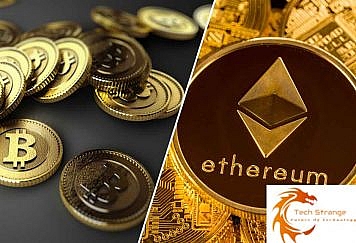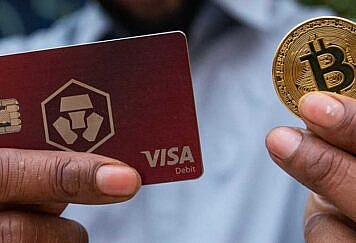Like most cryptocurrencies, Litecoin can be exchanged for Bitcoin, Ethereum, USDT, or other currencies that are paired with Litecoin (LTC). These pairings can be found on diverse centralized and decentralized exchanges in the crypto verse. These exchanges, just as their name implies, support the exchange of LTC for another currency (or vice versa) as desired by the user.
One such exchange where a user can swap, for example, LTC to BTC is Swapzone. It is an exchange aggregator that collects information (including exchange rates, prices, etc.) across different exchanges to aid the user to make profitable swaps.
What is LTC?
Speed, security, and cost-effectiveness are the goals of Litecoin. It is a crypto innovation that utilizes blockchain technology to enable users to process quick and secure payments at low fees. Although it was developed based on Bitcoin’s protocol, Litecoin has a shorter block time (~2.5 minutes) and lower transaction fees.
Litecoin uses the proof-of-work (PoW) consensus mechanism to secure its network and confirm error-free transactions.
The currency has a total supply of 84 million coins, of which over 71 million are already in circulation. LTC enters circulation with every new block mined. Like Bitcoin, the block reward is halved every four years. This means that every four years, the LTC mined per block decreases. As of press time, LTC was valued at $59.06 and has a market cap of over $4 billion.
However, there is a downside to LTC. It is a highly volatile coin, thus its profitability is unsteady. This has made it lose value and credibility over time. Also, being one of the popular currencies used on the dark web has not helped LTC’s reputation.
Litecoin is primarily used as a currency, namely a payment method, as it came into existence before the advent of smart contracts and more complicated use cases. It’s a mineable coin, using Proof-of-Work consensus protocol to release the supply into circulation. The most convenient way to describe Litecoin is by comparing and contrasting it with Bitcoin.
- Litecoin has a hard cap of 84 million coins, while Bitcoin is scarcer — only 21 million of those will ever exist;
- Litecoin’s block confirmation times are much shorter — 2.5 minutes as opposed to BTC’s 10 minutes, making it easier to use in everyday transactions;
- Litecoin uses Scrypt cryptographic algorithm in its Proof-of-Work protocol instead of SHA-256, which is utilized by Bitcoin. Scrypt is less suitable for mining with specialized equipment like ASICs, which, in theory, makes it more accessible for the “ordinary” miner.
Those features make Litecoin nimbler than Bitcoin while keeping pretty much the same level of security and decentralization; note that the rest of the code is mostly unchanged from the original. Overall, Litecoin is one of the most trusted and frequently used cryptocurrencies on the market, ranking in the top-20 by market cap.
What is the Minimum LTC/BTC Pair Exchange Amount?
The minimum LTC/BTC pair amount to convert is 0.477 LTC, which is equal to 0.00098309 BTC as of the end of December 2021. Changelly does not impose any maximum restrictions on the amount of LTC that can be exchanged for BTC, so you are free to use our platform to swap any number of coins.
Changelly’s built-in price calculator helps you easily calculate the cryptocurrency exchange rate. Simply type in the currency and the amount you’d like to convert. The calculator will show you the number of coins, the exchange rate, and the commission. Changelly offers one of the most competitive pricing structures on the market. These features are available on both our mobile application and our website.
We suggest you check the LTC to BTC chart before completing a transaction. You can see real-time cryptocurrency price fluctuations there. Look at both the cryptocurrency’s current value and the graph that shows how its value has fluctuated over a specific period. Besides, the chart demonstrates the trading volume of both coins and the past performance of the exchange rate.
Where to Find the Best Litecoin (LTC) Prices
Litecoin (LTC) prices can be found on centralized exchanges (e.g. Binance, FTX, Poloniex, etc.), decentralized exchanges (e.g. Uniswap), and price-tracking websites (e.g. Coinmarketcap). A common feature of these platforms is that they show LTC prices in real time. However, an exchange aggregator like Swapzone stands out.
Swapzone aggregates the prices and exchange rates of LTC from over 15 exchange services. Therefore, it is a one-stop solution for users to get not just the best prices, but also accurate information for making informed and profitable trades. To make use of the Swapzone service, a user needs to:
- Be on Swapzone’s swap page.
- Select the needed LTC pair to see the available exchange and exchange rates.
- Then make the swap.
Follow TechStrange for more!





